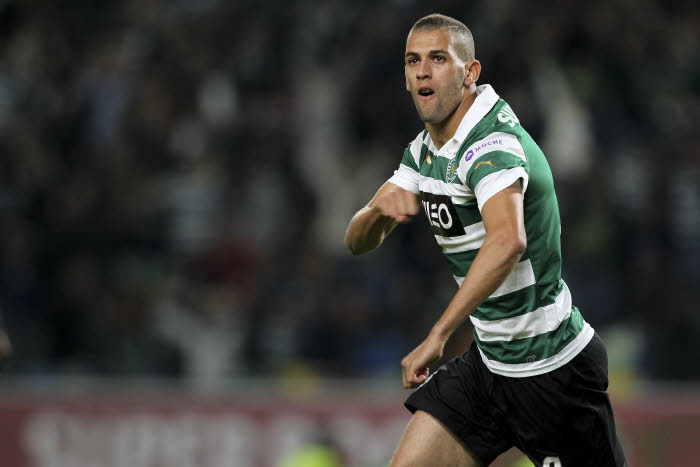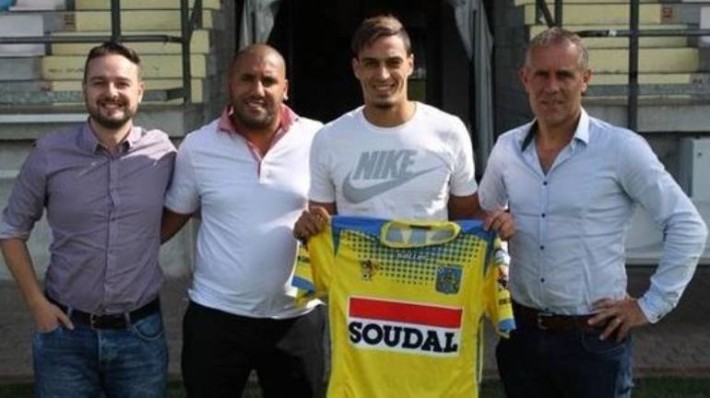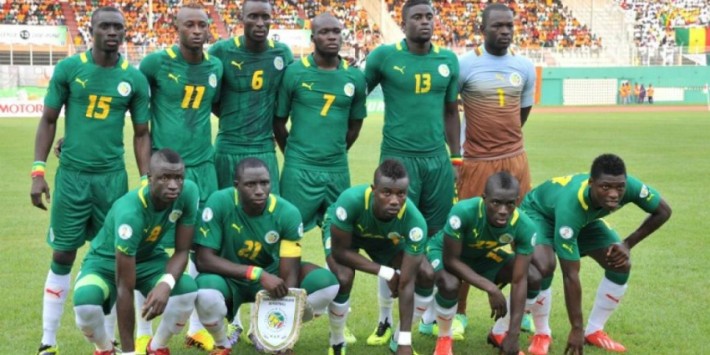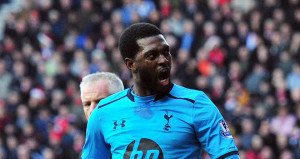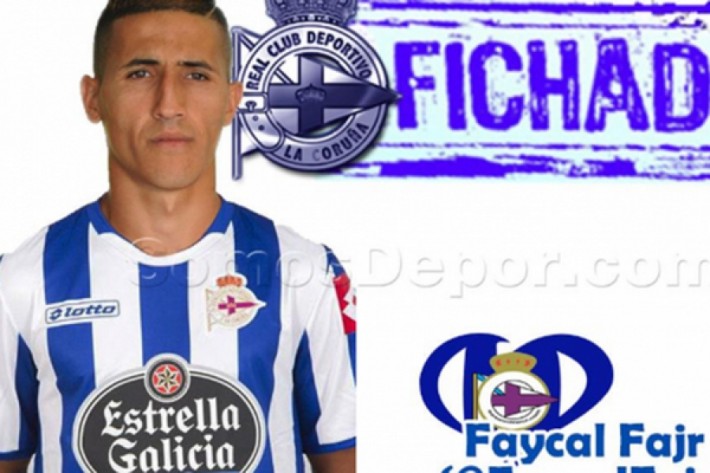Rúben Amorim finds himself weighing a key decision ahead of a crucial phase in Manchester United’s season—how best to utilise Moroccan defender Noussair Mazraoui within his evolving tactical framework.
Following United’s recent draw with Manchester City, Amorim opened up in an interview with the club’s official channel about the challenge of pinpointing Mazraoui’s most effective position.
The 26-year-old, known for his adaptability and footballing intelligence, has impressed across multiple roles this season, but questions persist about where he can truly flourish long-term.
“It’s difficult to determine his best position,” Amorim admitted. “He was trained as a full-back in a traditional back four.
With the way we play, he fits into different roles. Right now, I consider him one of our defenders—because he has the quality to defend.”
Mazraoui’s flexibility has been both a blessing and a conundrum for Amorim. The Portuguese coach, known for favouring hybrid formations and dynamic transitions between defensive shapes, has used the Moroccan international at right-back, wing-back, and as a right-sided central defender in a back three.
Each time, Mazraoui has delivered solid performances, but the rotation of roles has made it difficult to establish him in a fixed position.
“He can play one-on-one, both defensively and offensively,” Amorim added. “I see him as a future wing-back or central defender.”
The versatility that makes Mazraoui such a valuable squad member could also prove to be a complication as United look to stabilise a defence that has faltered throughout the Premier League campaign.
With only 10 wins from 30 matches and the team languishing in 13th place, clarity and consistency at the back are urgently needed.
Mazraoui, under contract until June 2028, is expected to play a central role in Amorim’s vision, but his exact placement could hold the key to restoring balance.
Amorim’s tactical experimentations are likely to be tested again in Thursday’s Europa League quarter-final first leg against Olympique Lyonnais at the Parc OL.
That fixture could offer vital clues as to how the coach plans to use Mazraoui moving forward—whether he will anchor the right side of a back three, operate as a more advanced wing-back, or revert to a traditional right-back role.
Throughout the season, Mazraoui has shown he is more than capable of adjusting his game to suit the system around him.
His calm under pressure, spatial awareness, and ability to contribute both defensively and in transition have made him indispensable.
Yet, without a settled position, his potential impact may be diluted at a time when United need all the stability they can muster.
The Moroccan’s tactical puzzle mirrors a broader issue within the squad—Amorim’s challenge is not just managing individual talent, but orchestrating a cohesive unit.
For Mazraoui, his future at the club appears bright, but the path forward may depend on whether Amorim can finally lock in his role.
As the campaign enters its decisive stretch, Mazraoui remains at the heart of United’s defensive blueprint—and Amorim’s most intriguing tactical dilemma.
Mazraoui titulaire dans une défense à 3 face à Manchester City. Amorim vient t’il d’inventer une nouveau poste à notre latéral? 🤔 pic.twitter.com/KJBgDP4s9g
— L’PodCan (@LPodcan) April 6, 2025





